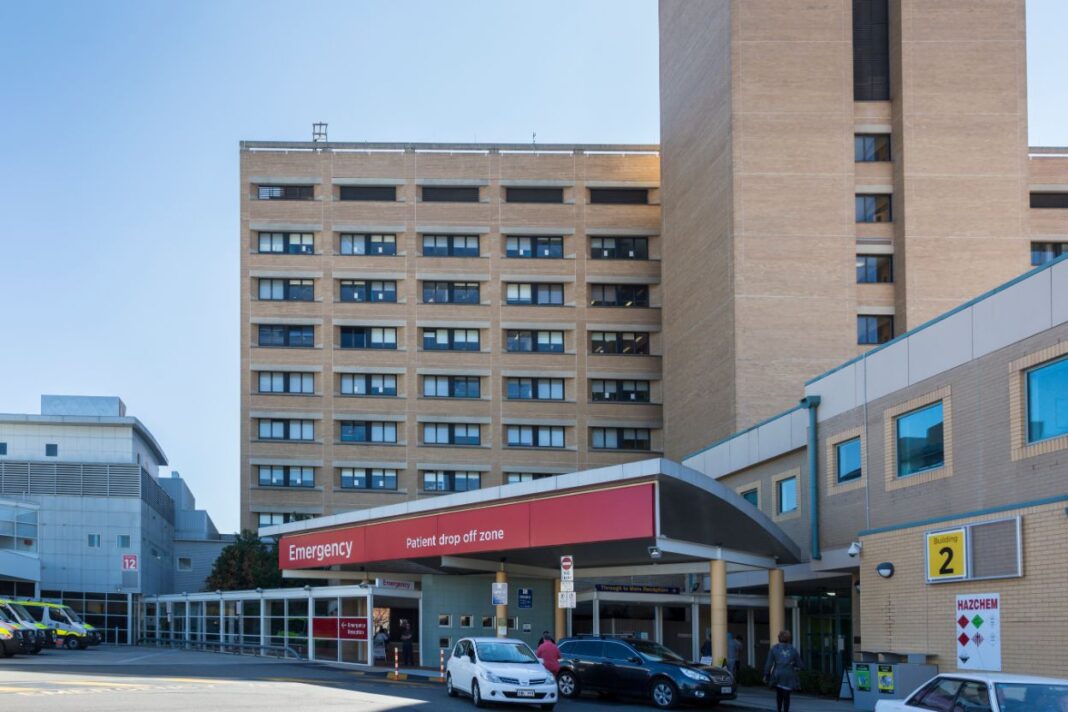Last month, the Canberra Liberals claimed that more than 80 per cent of outpatients were waiting longer for treatment, and wait times were increasing. Health minister Rachel Stephen-Smith replied that wait times were actually decreasing, and the Liberals’ figures were misleading: they had conflated the outpatient wait list and the elective surgery list, and the figures cited were point in time figures from March 2022, when COVID-19 impacted outpatient appointments, and clinics could not operate normally.
But the Canberra Liberals have returned to the attack – and figures from October, half a year after March, are even worse, they say, and some Canberrans may never receive treatment.
- Liberals concerned by long outpatient wait times (20 January)
The latest data, tabled in response to a motion by shadow health minister Leanne Castley MLA, show that from March to October 2022, the number of overdue outpatients increased by 1,907, from 23,065 (81 per cent) to 24,972 (84 per cent) – a 2.5 per cent increase. In March, 28,472 patients waited for an outpatient appointment; in October, the number of patients waiting increased to 29,982 people.
“I’m astounded the Minister thinks the ACT is doing better on outpatient waiting times when the situation is clearly getting worse,” Ms Castley said.
“The number of patients not seen within clinically recommended timeframes increased by 2.5 per cent in seven months – which is not ‘doing better’.”
Ms Stephen-Smith said that the October date continued to reflect the impact of COVID-19, including the winter Omicron wave, and other respiratory illnesses over winter. At that time, preparation for the ACT’s new Digital Health Record meant Canberra Health Services reduced activity in several areas, including outpatient clinics, to train staff.
Last financial year, CHS conducted more than 130,000 specialist medical outpatient appointments, and removed more than 18,000 patients from outpatient waitlists, Ms Stephen-Smith said.
But Ms Castley said her constituents may never be seen.
“I received a call from someone waiting for an appointment with the neurology department who was told it’s unlikely he will be seen in his lifetime because he is a category 3 [non-urgent] patient,” she said.
A total of 675 Category 3 neurology patients are waiting two years and eight months for an appointment – six months longer than last year, MsCastley remarked.
Meanwhile, she noted, 2,158 Category 2 [semi-urgent] gynaecology patients are waiting an average of one year and now an extra three months for an appointment.
“This is totally unacceptable,” Ms Castley said.
“It’s also clear many ill Canberrans are going interstate, going private, or just giving up.
“The Government is prioritising its $3 billion tram extension over public hospitals. Now waiting times for outpatients are getting worse.”
Ms Castley also said that Canberra Health Services could not provide data from this year because glitches with the new $145 million Digital Health Record mean data must be extracted manually, resulting in significant delays.
Ms Stephen-Smith said that the ACT Government was committed to addressing this complex issue.
“Outpatient appointments are a very important part of our public health services as they provide access to specialists,” Ms Stephen-Smith replied. “We are aware that there is work to do, and Canberra Health Services has been getting on with the job of reducing these numbers and implementing measures to better support people who are awaiting a specialist appointment.
“Waiting lists change every day and throughout the day as patients are removed and added constantly.
“Health Services are working hard to get more patients through these appointments and to reduce waiting times for patients in the ACT and the surrounding region.”
For 2022–23, Canberra Health Services has set a target that 35 per cent of appointments are initial appointments, so more people can see a specialist. For this to occur, Ms Stephen-Smith said, specialists need to work with other parts of the health system to ensure patients’ care can be safely transitioned back to a GP, allied health professional, or nurse practitioner.
“We recognise how challenging it can be for people to be waiting for medical treatment,” Ms Stephen-Smith said. “That’s why CHS is working very hard on a range of strategies to address outpatient waiting lists.”
Those strategies include recruiting specialists; ensuring NSW patients are seen locally where possible; implementing the new Digital Health Record; introducing and expanding nurse-led and allied health clinics; and building better integrated models of care in the community and across the health system.
“I am pleased that this work is starting to show positive results, despite all the challenges thrown at the health system over recent years,” Ms Stephen-Smith said.



